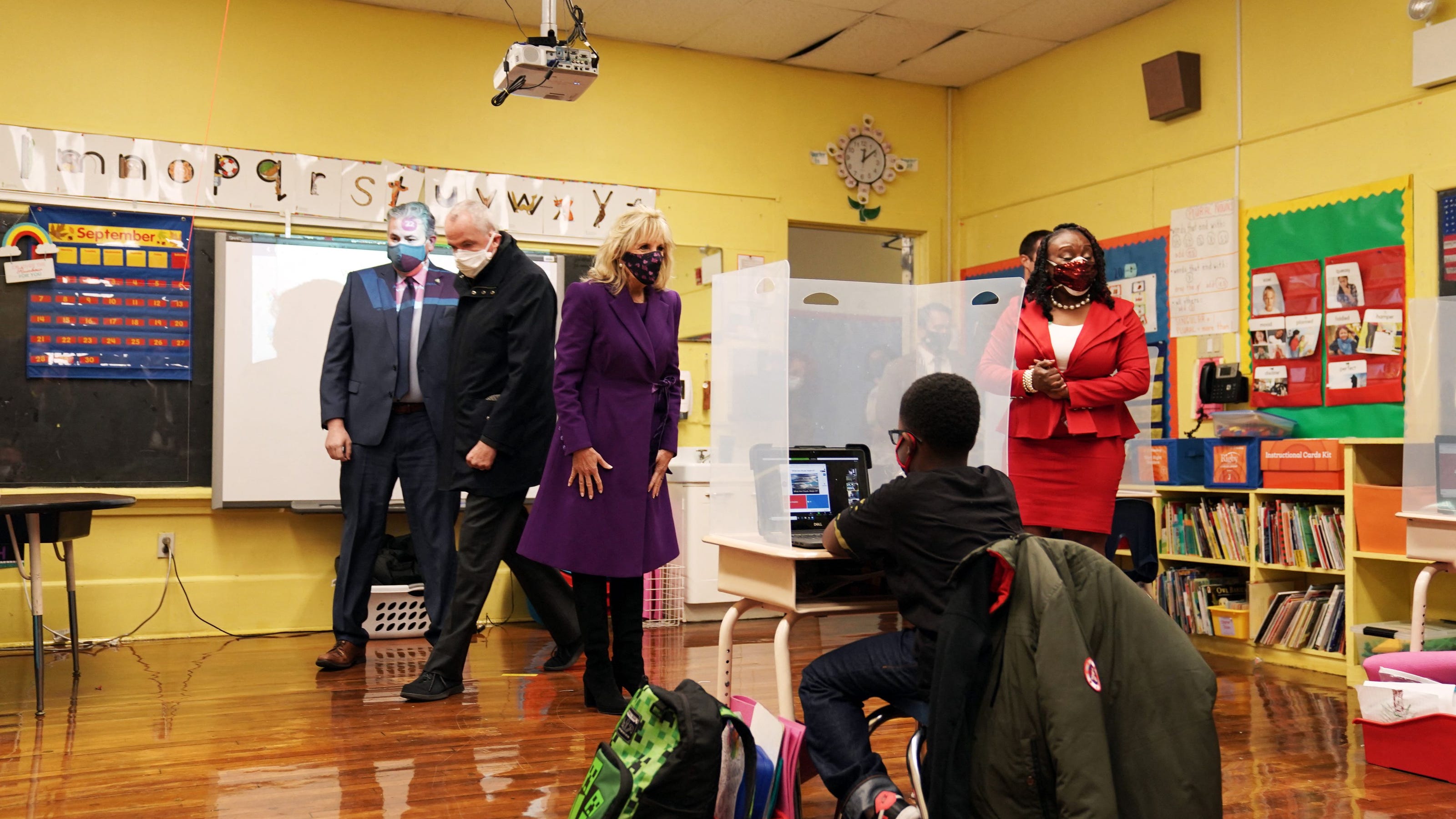
Biden stimulus money will give schools 10 billion for COVID testing
Chicago Public Schools, the third largest school district, said in a statement that the use of Covid relief funds was "aligned with key priorities like emerging stronger post-pandemic with a.
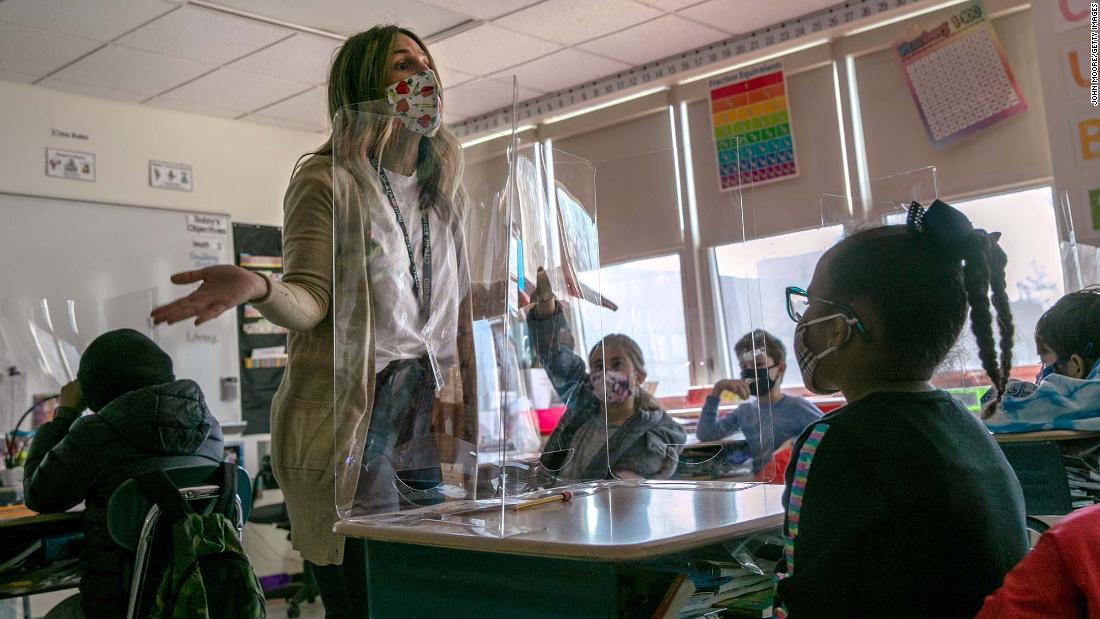
Schools What districts can do with their Covid stimulus money
The size of its general fund has swollen over 500% since stimulus funds began flowing and will be drawn down over the next five years, the district said. "There's a lot of that budget jiu-jitsu going on," Jordan said. The general fund for Detroit public schools grew from $102 million to $651 million once COVID relief dollars started flowing.

Tarrant County schools could receive nearly 1 billion in federal
Schools Received Billions in Stimulus Funds. It May Not Be Doing Enough. Pandemic aid was supposed to help students recover from learning loss, but results have been mixed.

How will Northeast Ohio schools spend 974 million in stimulus money
The result was a series of stimulus measures that allocated $33.5 billion in state and federal funds to California's K-12 schools to address the devastation of the pandemic. It was a staggering amount of one-time funding for the state's cash-strapped schools, equal to a third of all the money they got the year before the pandemic.
/cdn.vox-cdn.com/uploads/chorus_image/image/68970725/SCS_Vollentine_Elementary.0.jpg)
Tennessee will get another 2.5 billion in federal stimulus funding for
The federal government, so far, has provided two major stimulus packages. The first, passed in March of 2020, provided around $13.2 billion for K-12 education. In December, another gave around $54 billion to public schools. But those were one-time payments to cover what will likely be recurring costs. As schools eagerly await a new stimulus.

California schools, governments and residents to get billions in COVID
When the pandemic shut down schools across the country, the federal government responded with billions of dollars to help districts support remote learning,.

Congressional Democrats condemn Abbott for not releasing billions in
Further complicating matters, the most recent federal stimulus package also included money for state and local governments, which could go toward K-12 schools, among other spending priorities. The.

How to Spend Stimulus Money for Cleaning Supplies + Training at Your
The bill that passed in December delivered about $54 billion, or $1,100 per pupil, and the most recent and biggest package, the American Rescue Plan, allowed for $128 billion in spending, that.
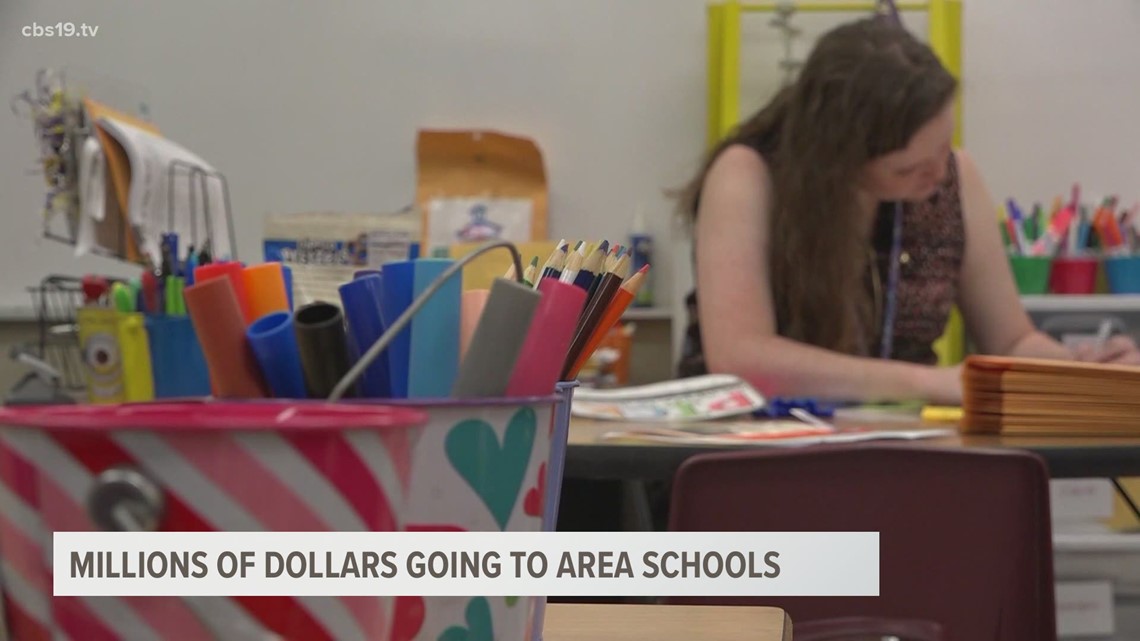
Tens of millions of dollars allocated to ETX school as part of billions
Some education experts who have closely monitored the relief money said the federal guidelines should have been more focused on addressing learning loss, and were skeptical that many districts' recovery plans were robust enough. Although schools were initially slow to spend the money, they are now on track to exhaust the funding by the.

Stimulus Update 2021 July Important Update
School districts are just beginning to receive estimates for the federal funds they can expect from the most recent $130 billion stimulus package approved by Congress and signed last month by.

Schools, Libraries To Receive Billions in Funding Thanks to American
It May Not Be Doing Enough. Pandemic aid was supposed to help students recover from learning loss, but results have been mixed. 626. Elizabethton City Schools in Tennessee provided English.

Stimulus Funds Worth Billions Were Given to Schools. It Could Be Doing
WASHINGTON — When the pandemic shut down schools across the country, the federal government responded with billions of dollars to help districts support remote learning, serve free meals to.

Pandemic Stimulus Aid May Not Be Doing Enough to Help Schools The New
Schools Received Billions in Stimulus Funds. It May Not Be Doing Enough Via The New York Times : "While most schools have since deployed various forms of interventions and some have spent more on academic recovery than others, there are ample signs that the money has not been spent in a way that has substantially helped all of the nation's.

Pa. schools to receive 2.2 billion in federal aid to deal with COVID
Since March 2020, the federal government has provided $190 billion in pandemic aid to schools, an amount that is more than four times what the U.S. Education Department spends on K-12 schools in a.
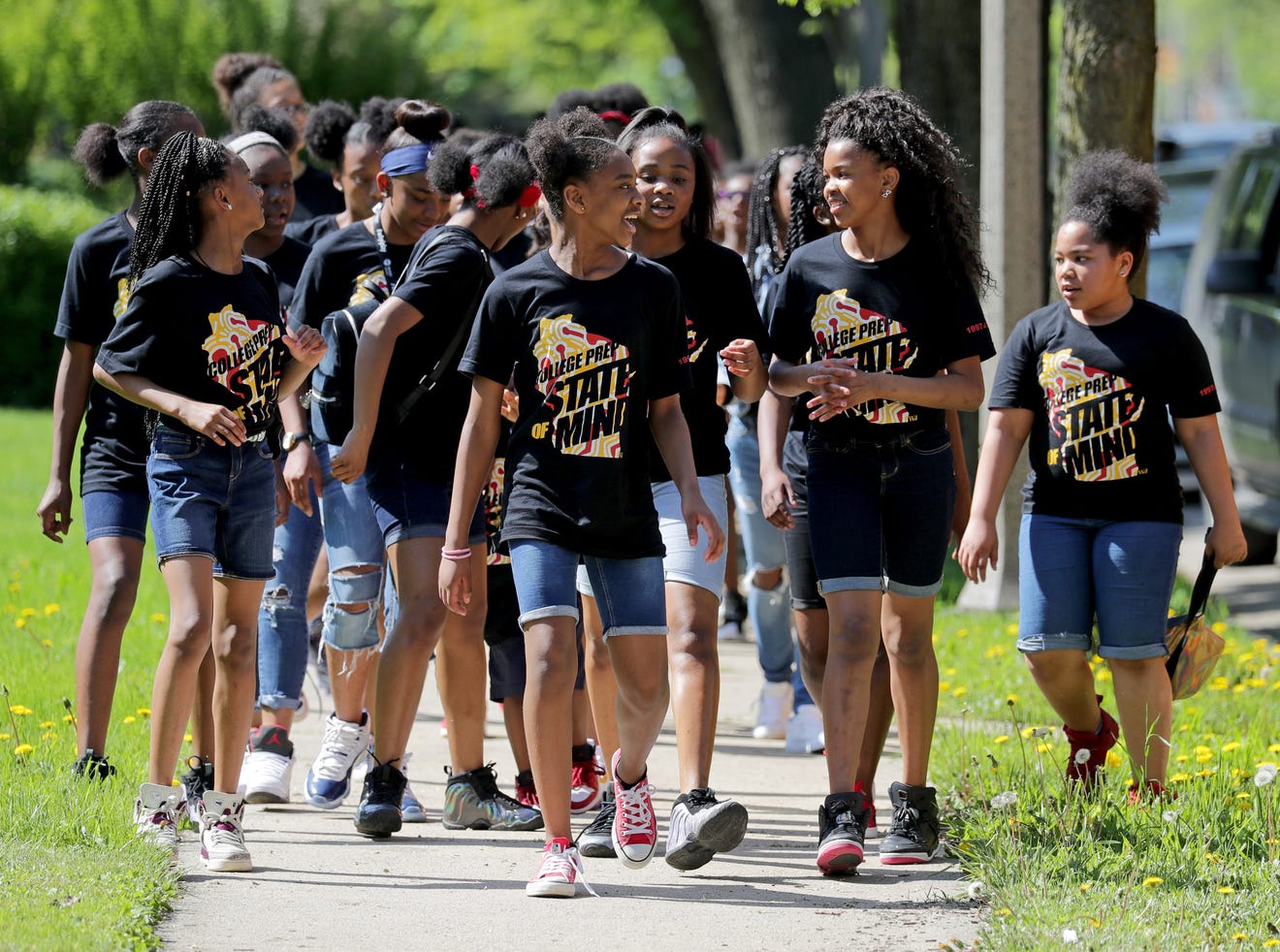
Milwaukee College Prep stays with MPS to avoid losing stimulus funds
District COVID spending plans are findable, but not all are helpful. In 2020 and 2021, Congress passed three COVID relief packages that added up to over $190 billion for public and private schools.
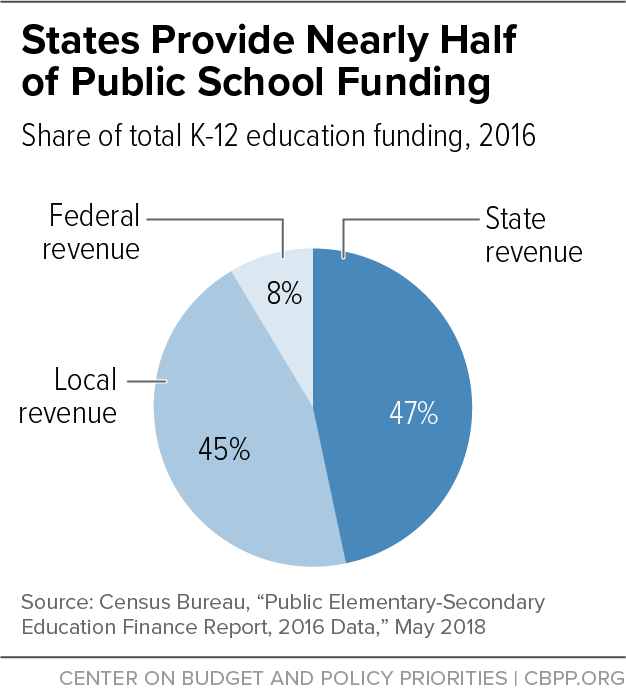
K12 School Funding Up in Most 2018 TeacherProtest States, But Still
In 2021, the Biden administration gave districts another $122 billion through its $1.9 trillion stimulus package, an amount that far surpassed previous rounds. Districts were required to spend at least 20 percent of those funds on helping students recover academically, while the rest could be used on general efforts to respond to the pandemic.